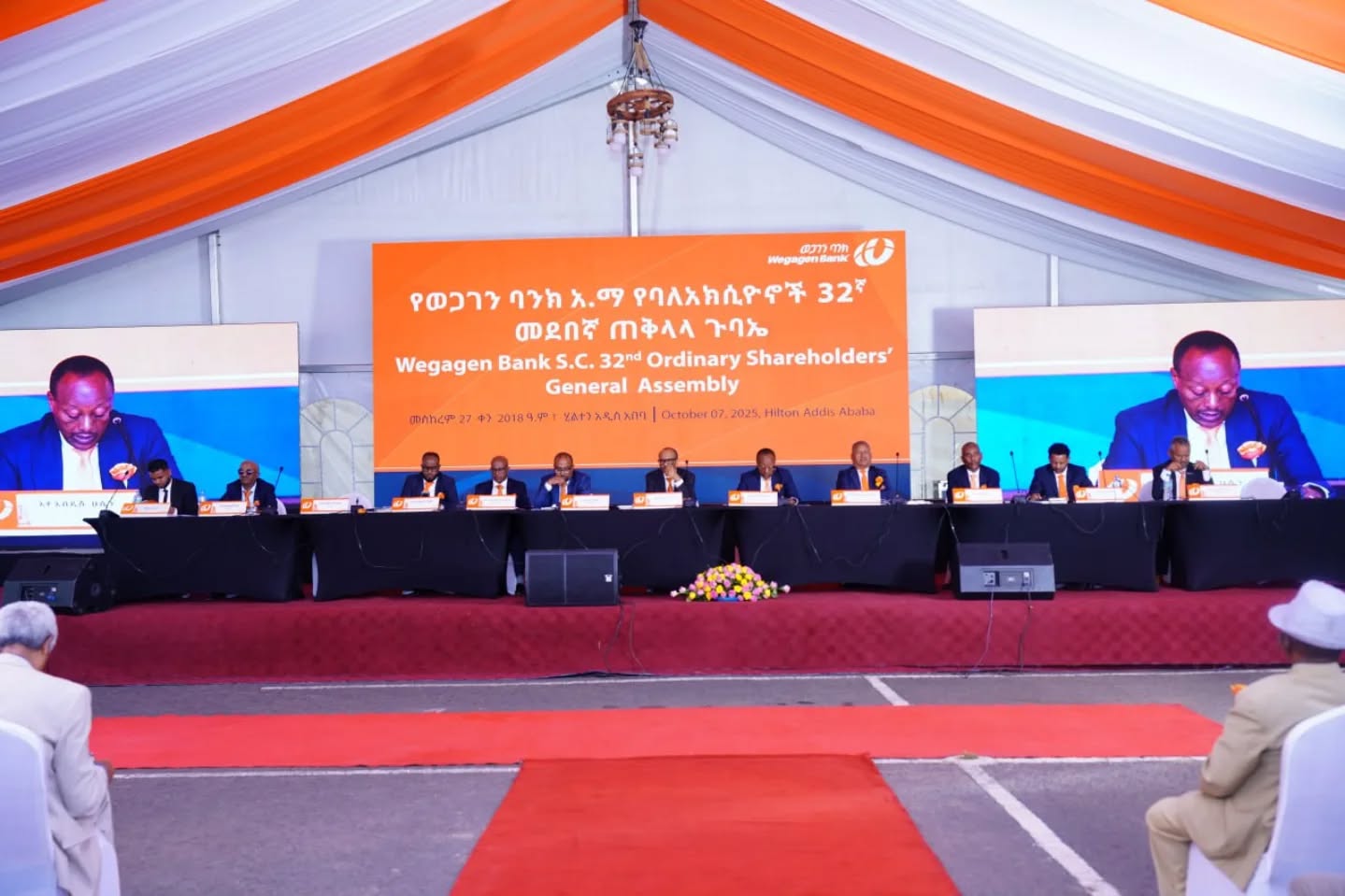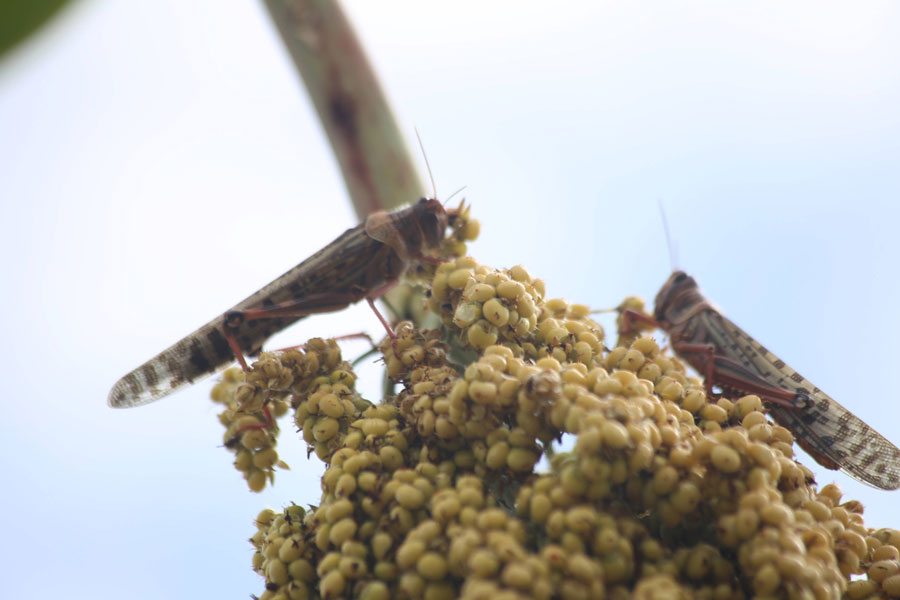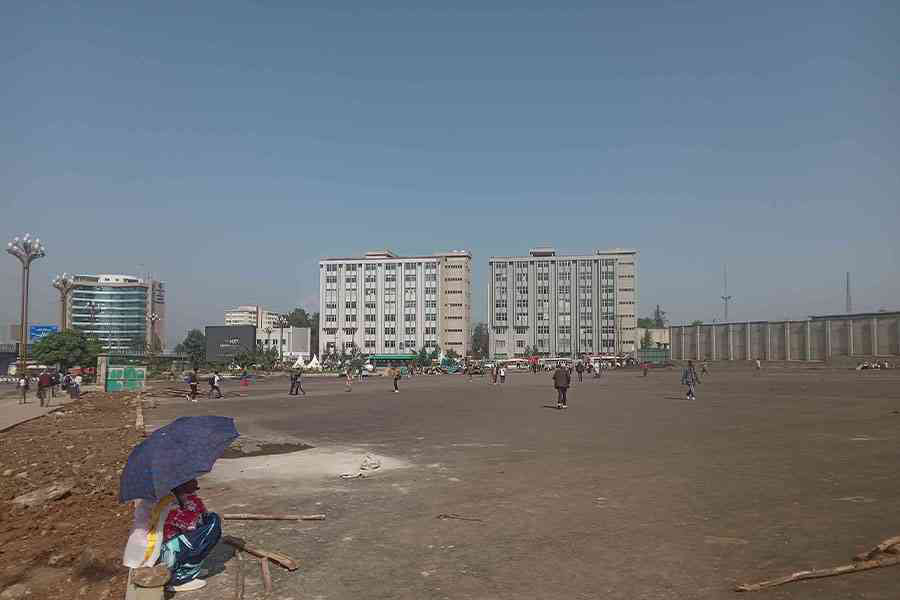
Dec 5 , 2018
By Mathew Abang
Desert Locusts have been costly to combat, because efforts are made after plagues have already started. Maintaining the capacity to predict plagues will have multiple advantages, but this could be strengthened by engaging communities, writes Mathew Abang, a crop production officer at the Food & Agriculture Organisation (FAO) of the United Nations.
In Africa, the desert locust is considered to be the most devastating migratory pest, which can have a tremendous impact on food security and livelihood of vulnerable communities. This is due to its ability to swarm over vast areas of the continent.
Outbreaks occur periodically and are difficult to predict. When left unmanaged, infestations often lead to loss of food and fodder in massive proportions that can result in famine. The locust feeds on virtually all crops, rangeland and shrubs, and it is estimated that a single locust plague can lead to a loss of almost 170,000tn of grain - enough to feed a million people for a year.
Emergency control of locust plagues can cost millions of dollars and often involve an aerial application of pesticides that may have undesirable effects on humans, animals and the environment. For instance, the cost of control operations during the last significant Desert Locust upsurge in 2003-2005 was nearly 600 million dollars, and almost 13 million litres of chemical pesticides were sprayed.
In the Horn of Africa, the Desert Locust presents a permanent threat in arid and semi-arid areas of the frontline countries of Djibouti, Eritrea, Ethiopia, Somalia and Sudan. Occasionally, these arid areas receive higher than average rainfall, which encourages the regeneration of annual vegetation and creates favourable ecological conditions for locusts to multiply as much as 20-fold in three months.
A high density of locusts triggers a change in the behaviour of the insect, leading to the formation of hopper bands. If undetected and uncontrolled, the bands develop into swarms that not only threaten crop areas within individual countries but also pose a risk to neighbouring countries, because locusts can fly up to 150Km a day.
Desert Locust plagues are best managed through effective and reliable early warning systems. The Food & Agriculture Organisation (FAO) [the author of this article is a crop production officer at the FAO] operates a centralised Desert Locust Information Service (DLIS) within the Locust Group at FAO Headquarters in Rome, Italy that monitors and reports on the general Desert Locust situation throughout the world.
DLIS gives timely warnings and forecasts to those countries in danger of invasion. Available evidence shows a significant reduction in the number, duration and intensity of Desert Locust plagues since periodic monitoring and preventive control activities began. Frontline countries affected by Desert Locust require support to improve their ability to monitor and control the pest at the national and local levels.
Although each of the frontline countries possesses a contingency plan for intervention in case of a locust outbreak, they need to work together to ensure effective trans-boundary responses, including annual joint and cross-border surveys. Because most of the breeding grounds are located in remote areas that are difficult to access, it is crucial that men and women living in these communities are provided with the support required to participate effectively in the containment process.
Community-based Desert Locust control empowers and equips local communities with the necessary knowledge, skills and tools to regularly monitor and detect the pest right in the breeding grounds in their localities. This approach enables the communities to detect early so that timely action can be taken by national locust teams.
Empowered communities are also better prepared to alert national Desert Locust monitoring and control teams of the presence and threat of the pest in their area. Early action prevents swarm formation, which would otherwise necessitate the use of widespread insecticide sprays at a substantial financial cost and cause undesirable effects on the environment.
A significant gap in effective community-based Desert Locust response is the lack of knowledge and awareness among residents of local communities in often remote Desert Locust-prone areas. This gap makes it difficult for governments and local communities to harness synergies for coordinated and timely monitoring.
This calls for concerted community action, along with national, regional and international collaboration to tackle the menace of the Desert Locust in the Horn of Africa. National plant protection programs, international development organisations, policy makers and the donor community should strengthen regional cooperation and community-based Desert Locust control as part of a holistic locust pest management strategy.
One good example in this respect is the joint FAO-DLCOEA (Desert Locust Control Organization for Eastern Africa) project, designed to apply a community-based approach to monitor and prevent Desert Locust emergencies in the Horn of Africa. With funding from the United States Agency for International Development (USAID), FAO facilitated the partnership among front line state countries on inter-community Desert Locust survey and management.
The partnership strengthens regional cooperation in the areas of information exchange, capacity building and control activities. The peace agreement between Eritrea and Ethiopia will further strengthen this cooperation and contribute toward sustainable Desert Locust monitoring and control in the Horn of Africa.
FAO DLIS is constantly developing new tools for Desert Locust monitoring, forecasting and early warning in collaboration with a variety of universities and other partners. For instance, FAO DLIS is currently investigating the possibilities of how to adopt drones for locust early warning and preventive control to make surveys more efficient and control operations safer. Drones will greatly facilitate Desert Locust prevention in remote areas that are difficult to access with vehicles.
For effective and sustainable Desert Locust management in the Horn of Africa, governments should mainstream the community-based Desert Locust monitoring within their national plant protection programmes. Considering the enormity of the task, strong support of intergovernmental organisations and development partners such as USAID is needed to enable governments to undertake regular information sharing, community sensitisation and capacity building as well as effective and timely Desert Locust surveys for early warning and preventive control.
Only in so doing will the region avoid costly emergency interventions to control the Desert Locust and ensure food security. Besides, strong national locust control programs are better equipped to contribute information to DLIS – a centralised information unit that provides a global overview of the situation - thus helping to protect our planet from the scourge of the deadly Desert Locust.
PUBLISHED ON
Dec 05,2018 [ VOL
19 , NO
971]


Commentaries | May 31,2020

Radar | Aug 29,2020

Commentaries | Jun 18,2022

Fortune News | Jul 24,2021

Radar | Jun 27,2020

Commentaries | Jun 22,2024

Life Matters | Aug 24,2019

Radar | Feb 22,2020

Fortune News | May 28,2022

Covid-19 | Mar 31,2020

Photo Gallery | 170907 Views | May 06,2019

Photo Gallery | 161146 Views | Apr 26,2019

Photo Gallery | 150815 Views | Oct 06,2021

My Opinion | 136268 Views | Aug 14,2021





Dec 22 , 2024 . By TIZITA SHEWAFERAW
Charged with transforming colossal state-owned enterprises into modern and competitiv...

Aug 18 , 2024 . By AKSAH ITALO
Although predictable Yonas Zerihun's job in the ride-hailing service is not immune to...

Jul 28 , 2024 . By TIZITA SHEWAFERAW
Unhabitual, perhaps too many, Samuel Gebreyohannes, 38, used to occasionally enjoy a couple of beers at breakfast. However, he recently swit...

Jul 13 , 2024 . By AKSAH ITALO
Investors who rely on tractors, trucks, and field vehicles for commuting, transporting commodities, and f...

Oct 4 , 2025
Eyob Tekalegn (PhD) had been in the Governor's chair for only weeks when, on Septembe...

Sep 27 , 2025
Four years into an experiment with “shock therapy” in education, the national moo...

Sep 20 , 2025
Getachew Reda's return to the national stage was always going to stir attention. Once...

Sep 13 , 2025
At its launch in Nairobi two years ago, the Africa Climate Summit was billed as the f...

Oct 5 , 2025 . By NAHOM AYELE
In Meqelle, a name long associated with industrial grit and regional pride is undergo...

Oct 5 , 2025 . By BEZAWIT HULUAGER
The federal government is set to roll out a new "motor vehicle circulation tax" in th...

Oct 5 , 2025 . By NAHOM AYELE
The Bank of Abyssinia is wrestling with the loss of a prime plot of land once leased...

Oct 5 , 2025 . By BEZAWIT HULUAGER
The Customs Commission has introduced new tariffs on a wide range of imported goods i...